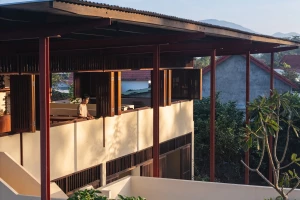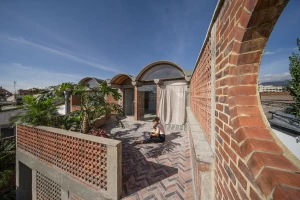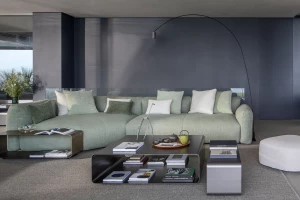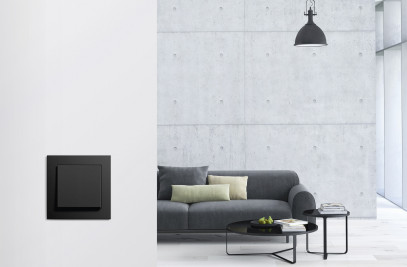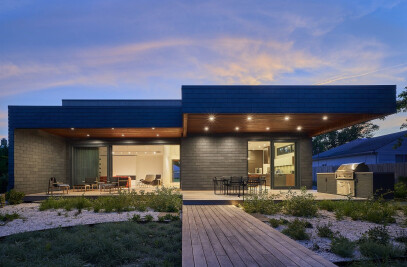Since the 2011 demolition of the old Alcalá Church for security reasons, locals of the Canary Island neighbourhood have sought out the reconstruction of the lost temple which was under the invocation of the Virgin of Candelaria. In recent years, the Parish of Candelaria, the Bishopric of Tenerife, the Government of the Canary Islands and the City Council of Guía de Isora, joined forces to realize a new temple for Alcalá.

Designed by Beautell Arquitectos, the new church has a total built area of 1,1000 m2 over two levels. The semi-basement floor includes parish rooms for multiple uses, garage, warehouse, facilities rooms and toilets. Above these rooms, with access from the square, is the Church and the sacristy.

The new Church temple comprises two different naves, named the ‘the old one’ and ‘the new one.’ Though conceived as a unified interior space, the building takes the form of two different volumes from the outside.

One of the volumes recalls the shape and position of the old hermitage and reinterprets the traditional architecture of the islands in an attempt to recover memory and acknowledge the sense of loss that the demolition caused. While the walls are new the air they enclose is the same and condenses the moments lived in the place. The image of the Virgin is returned to its pristine position, at the head of the ancient body, but this time is protected in a cave that recalls its appearance to the Guanches (aborigines of the Canary Islands).
The second volume, representing a flame or fire of a candle, brings a sense of verticality culminating with a skylight that illuminates the presbytery and connects both the old and new naves.

The aggregation of volumes here draws from the typology of vernacular religious architecture, whereby naves and patios are added incrementally over time. The differentiation of volumes also in this context addresses the rigid urban conditions forcing an alignment of the building with the perimeter road.
In terms of materials, the build is very austere and relies on natural lighting to give the space its otherworldly character. The volume that references the old hermitage is constructed in cyclopean concrete with the recovery of the natural stone existing on-site. The chiselled finish is traditionally finished with lime.

The white of the lime contrasts with the ochre colour used in the new building. Also constructed in concrete, the volume is mass-stained and bush-hammered with different intensities for a rich textural effect.










